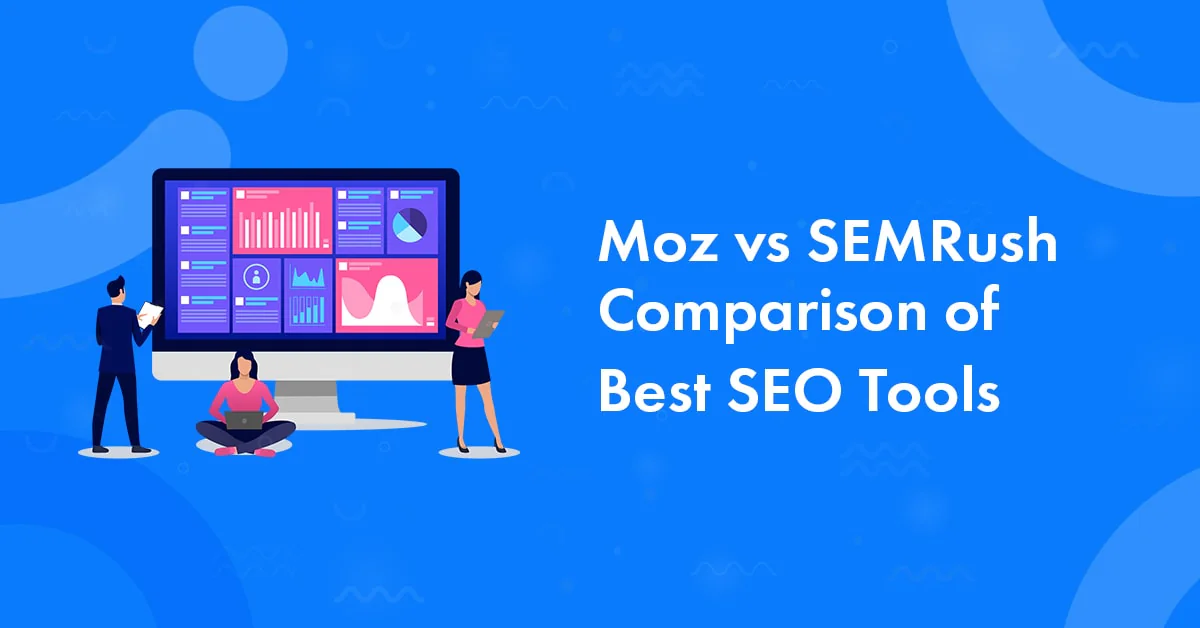Cross-border e-commerce is becoming very competitive at the moment, andShopify StandaloneSellers need to have an in-depth understanding of their competitors' SEO StrategyIt is important to optimize your website consistently to improve
![Image [1] - How to use SEMrush to research SEO strategies for Shopify Indie sites](http://gqxi.cn/wp-content/uploads/2025/07/20250701091115322-image.png)
First, why Shopify independent sites need SEO research
1.1 Importance of Shopify SEO
Shopify It's a powerful platform for building independent websites, but you can't get good rankings in the fierce search competition by only relying on the SEO tools that come with the platform. A systematic study of SEO strategies can:
- Know what your target market users are searching for
- Discover key pages that competitors are optimizing
- Find keyword gaps that can be cut quickly
- Boost natural traffic and conversions
![Image [2] - How to Use SEMrush to Research SEO Strategies for Shopify Indie Sites](http://gqxi.cn/wp-content/uploads/2025/07/20250701095216587-image.png)
1.2 Core Benefits of SEMrush
SEMrush Features offered include:
- Domain Name Overview: A quick look at a website's SEO profile
- Organic Research: Analyze competitor ranking keywords
- Keyword Gap: Compare your own keyword coverage with that of your competitors
- Backlink Analysis: Understanding each other's external link sources
- Content gap analysis: Identify topics that your opponent has covered but you haven't addressed yourself
![Image [3] - How to use SEMrush to research SEO strategies for Shopify Indie sites](http://gqxi.cn/wp-content/uploads/2025/07/20250701091551173-image.png)
Analyzing Shopify Competitor Sites with SEMrush
2.1 Identify key competitors
In the SEMrush dashboard, go to Domain OverviewInput Shopify Web domain, scroll down to see theMain natural search competitorsLists. These competitors usually have a high degree of overlap with keyword rankings.
![Image [4] - How to Research SEO Strategies for Shopify Indie Sites Using SEMrush](http://gqxi.cn/wp-content/uploads/2025/07/20250701091954329-image.png)
2.2 Analyze competitor traffic sources
Click on Traffic & Markets and go to "Traffic Analysis (Traffic Analytics)" module, which can be viewed:
- Traffic Channel Distribution
- Channel Trends
- Flow trip sources
![Image [5] - How to Research SEO Strategies for Shopify Indie Sites Using SEMrush](http://gqxi.cn/wp-content/uploads/2025/07/20250701092447880-image.png)
2.3 Organic keyword research
go into Organic ResearchYou can see all of your competitors' rankingsbyword, included:
- Ranking changes
- Keyword Difficulty
- competition
![Image [6] - How to Research SEO Strategies for Shopify Indie Sites Using SEMrush](http://gqxi.cn/wp-content/uploads/2025/07/20250701093049509-image.png)
2.4 Analyze competitor page performance
In "Natural Search Research"In the results, click Pages Tabs to see competitors' highest traffic pages. Can help:
- Understand each other's core product and content layout
- Reference page structure, keyword density and CTA settings
- Discover content topics to build on
![Image [7] - How to Research SEO Strategies for Shopify Indie Sites Using SEMrush](http://gqxi.cn/wp-content/uploads/2025/07/20250701093257840-image.png)
Third, use the keyword gap function to dig potential words
3.1 Access to the Keyword Gap Tool
In the left menu of SEMrush, click the Keyword DifferencesTo do this, enter your domain name and up to 4 competitor domain names.
![Image [8] - How to use SEMrush to research SEO strategies for Shopify Indie sites](http://gqxi.cn/wp-content/uploads/2025/07/20250701093644988-image.png)
3.2 Analysis of results
The keyword gap results are categorized as:
- Shared(common coverage keywords)
- Missing(Competitors rank, you don't)
- Weak(You are ranked, but far below your opponent)
- Strong(You're ahead of your rivals in the rankings)
![Image [9] - How to Research SEO Strategies for Shopify Indie Sites Using SEMrush](http://gqxi.cn/wp-content/uploads/2025/07/20250701093810725-image.png)
3.3 Strategies on the ground
These keywords can be exported and combined with Shopify blogs and product detail pages for systematic content coverage withInternal Link LayoutThe most important thing you can do is to build a weight matrix to improve the SEO performance of the whole site.
Backlink analysis to improve Shopify site weighting
4.1 Access to the backlink analysis module
strike (on the keyboard) Backlink Analytics, enter the competitor's domain name and you can get it:
- Number of backlinks
- Anchor text for links
- Weights and domains of link source domains
![Image [10] - How to use SEMrush to research SEO strategies for Shopify Indie sites](http://gqxi.cn/wp-content/uploads/2025/07/20250701094118659-image.png)
4.2 Application of Strategies
- Look for replicable outbound linking opportunities: e.g. industry catalogs, brand interviews, media reviews
- Analyzing Anchor Text Layout: Determine whether the other party is optimized for outbound links through brand terms or core keywords
- Developing a plan for external link expansion: Contact media outlets, KOLs or make guest post submissions against competitors' strong link sources.
V. Content Gap Analysis Optimizing Shopify Blog Content
5.1 Use of content gap tools
At SEMrush, analyze your opponent's content coverage through the Missing keyword in the keyword gap.
![Image [11] - How to use SEMrush to research SEO strategies for Shopify Indie sites](http://gqxi.cn/wp-content/uploads/2025/07/20250701094643743-image.png)
5.2 Generating content plans
Combined:
- Target Keywords
- User Search Intent
- Competitor Page Structure
Create more comprehensive and valuable Shopify blog posts and product page descriptions to improve user experience and SEO rankings.
VI. Continuous monitoring and strategy iteration
6.1 Setting up rank tracking
Use in SEMrush Position Tracking Function, enter core keywords, select target market area, you can track the ranking changes on a daily basis.
![Image [12] - How to use SEMrush to research SEO strategies for Shopify standalone sites](http://gqxi.cn/wp-content/uploads/2025/07/20250701094926673-image.png)
6.2 Periodic review
- Check weekly for ranking changes and competitor dynamics
- Adjust content strategy monthly based on newly mined keywords
- Quarterly review of backlink growth and traffic performance
VII. Summary
![Image [13] - How to use SEMrush to research SEO strategies for Shopify standalone sites](http://gqxi.cn/wp-content/uploads/2025/07/20250701095057478-image.png)
Shopify SEO is a long-term optimization effort that needs to be based on competitor research and keyword placement.SEMrush Provides powerful data insights for independent website sellers, from competitor analysis, keyword mining to backlinking strategies, helping to build a systematic, scientific and competitive SEO program.
By mastering SEMrush features, combined with Shopify site architecture optimization and content marketing, you can drive more natural traffic, brand exposure and sales conversions in global markets.
Link to this article:http://gqxi.cn/en/64309The article is copyrighted and must be reproduced with attribution.

























![Emoji[jingya]-Photonflux.com | Professional WordPress repair service, worldwide, rapid response](http://gqxi.cn/wp-content/themes/zibll/img/smilies/jingya.gif)






No comments